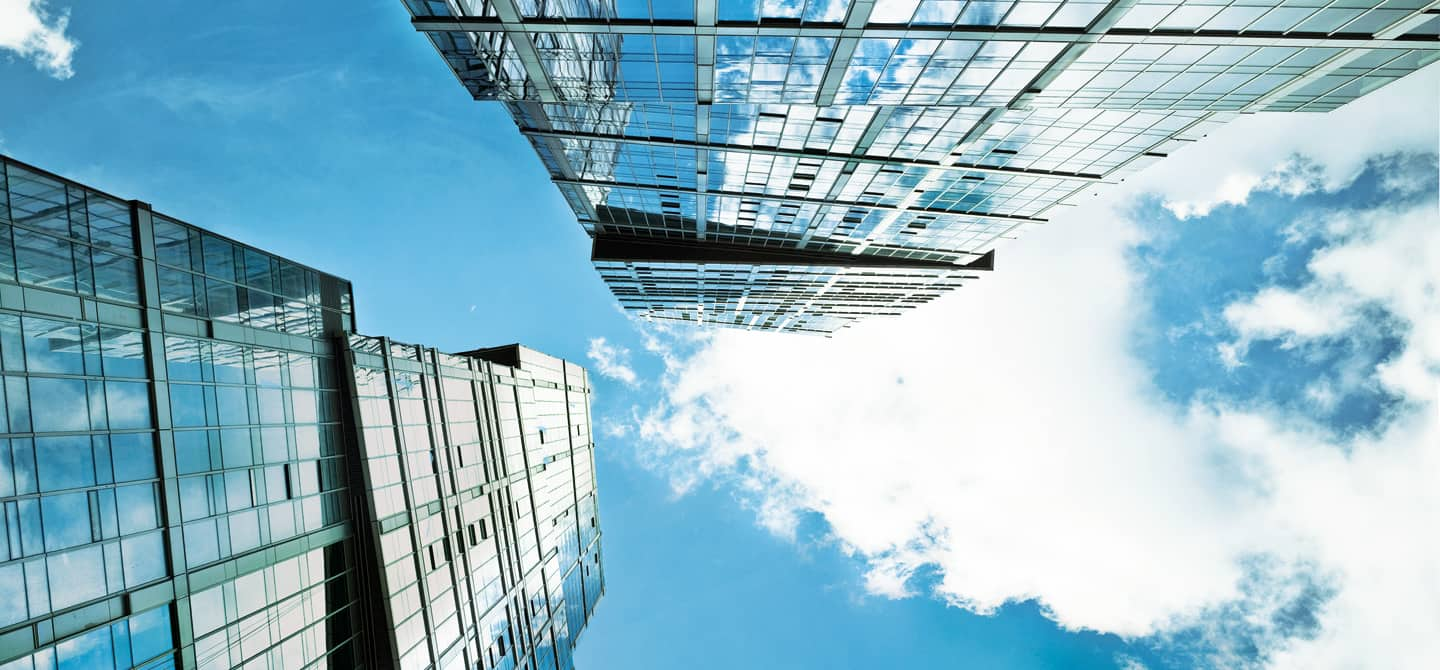| Challenges | Solutions |
|---|---|
|
|
A towering success
Moscow’s skyline is seeing a dramatic change. Europe’s tallest building, the 73-story Moscow Tower, has been built as part of the new Moscow International Business Center, or Moscow-City. Employees and residents alike have a prime view of the impressive Russian capital.
Description
Moscow-City is a massive undertaking. This city within a city comprises 19 multi-purpose complexes creating nearly four million square meters of new real estate. The Capital City project, the first to be completed out of the 20 projects that make up Moscow-City, includes the 73-story Moscow Tower and its 62-story companion, Saint Petersburg Tower. Capital City is an elegant combination of luxury and function at the heart of Moscow just four kilometers from the Kremlin. High-scale apartments fill the middle and upper segments of the 62 and 73-story twin towers of Capital City. The lower portions of the buildings house office space and a retail center, in addition to a full spa and numerous restaurants, bars and cafés. With its multi-story base and two skyscrapers, Capital City is a massive building by any standards. For KONE Russia, it has been the biggest project to date both in size and number of elevators. A total of 50 elevators and six escalators were installed to ensure smooth flow of people throughout this multifaceted complex.
Building facts
- Multi-purpose buildings: residential, offices and retail
- 2 towers: 73 and 62 stories
- Maximum speed: 7 m/s
- General Contractor: Ant Yapi (Turkey)
- Architect: NBBJ (Seattle and Moscow offices)
- Engineer: Arup (UK)
- Developer: Capital Group (Russia)
KONE solutions
- 35 KONE MonoSpace® Special elevators
- 6 KONE MiniSpace™ elevators
- 5 KONE TranSys™ freight elevators
- 4 KONE DoubleDeck elevators
- 6 KONE ECO3000™ escalators
- KONE Destination control system
